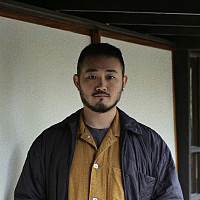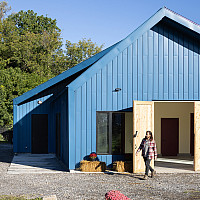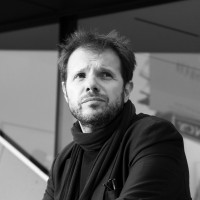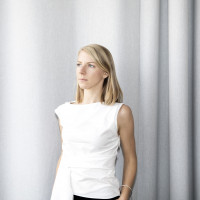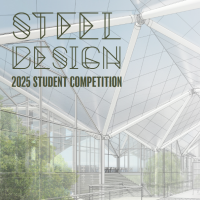Ashley Nowicki
Ecological Design in Europe
Based on a paper co-authored with Joseph Godlewski, mangroves as a tool against climate change: a focus on how mangroves can be used in design to facilitate the impending changing climates, in Advances in Plants and Agricultural Research, I plan on researching and analyzing the ecological designs used in Europe under Professor Rebecca Farnum in summer 2019. Specializing in environmental peacebuilding research, she works with environmental activism, conflict resolution, and capacity-building with special focus on justice, public service and policy impact. The initial plan is to travel to the Nordic countries of Demark, Norway, Sweden and Finland, as they are ranked the most sustainable places on the planet. During the summer, we plan to research and analyze the different uses or urban infrastructure and the transformation of rural landscapes throughout England and Europe. We will also meet with established architects in the field of sustainable research, colleagues of Rebecca Farnum’s from around the globe, as we strengthen our research.
The initial goal is to complete a comprehensive literature review of the research we compound, but then to apply it to our own research and have it published in the journal by the end of the semester. With the compiled research, the potential would be to construct a breakdown of the important architecture happening throughout those regions that apply to ecologies and sustainable design practices.
Philip Claghorn
Vendor Virus: Place, Perception & Entrepreneurship in Public Space
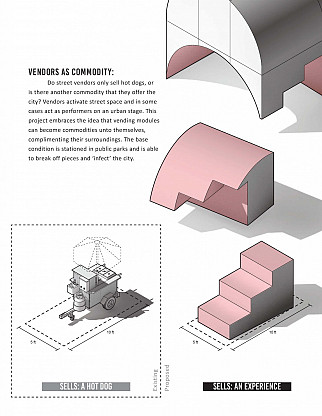
neighboring streets. The methodology for analyzing the observed data will be via physical site modeling and collaging photographs for renderings.
